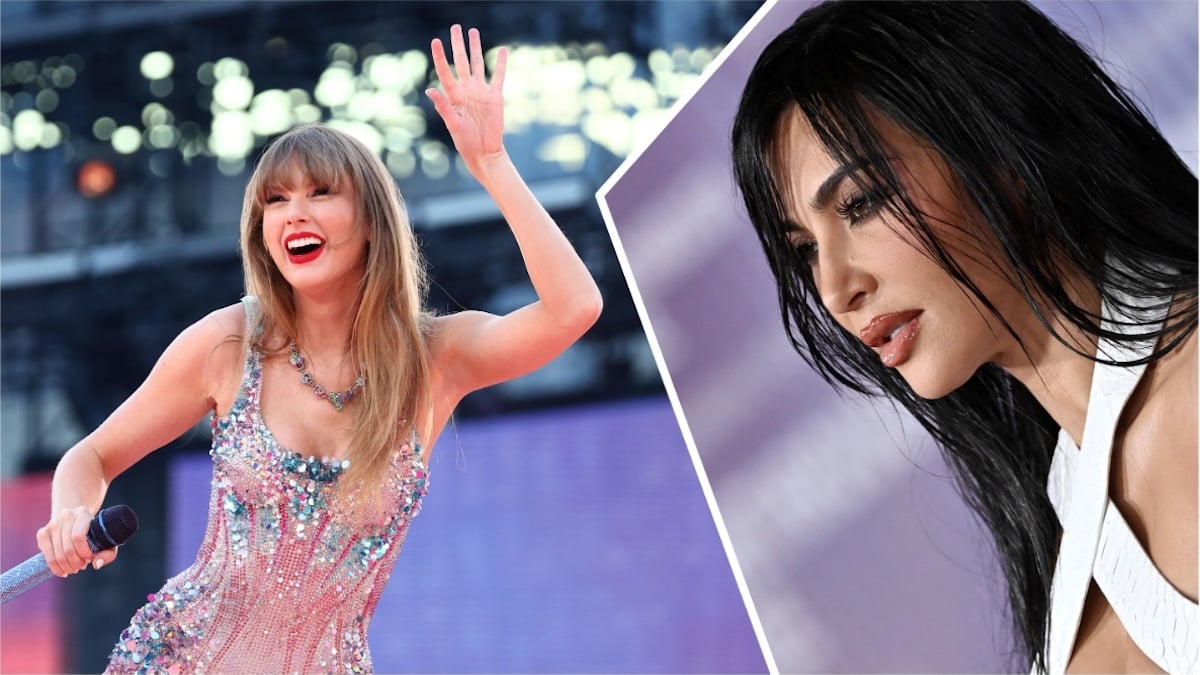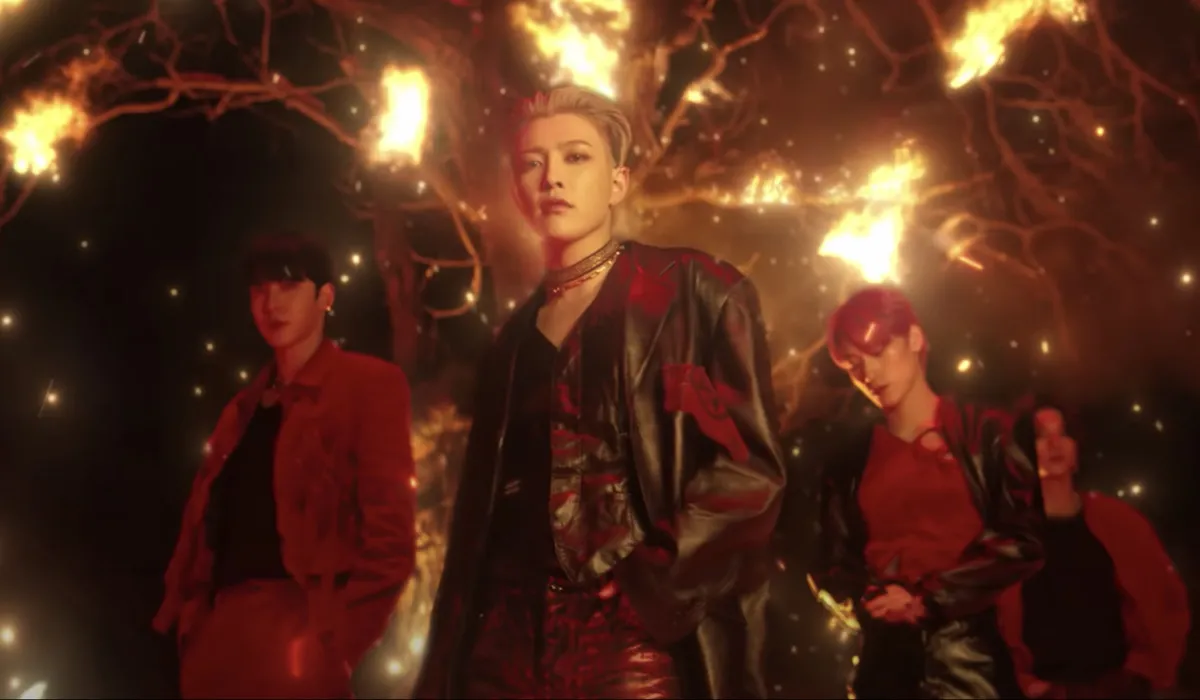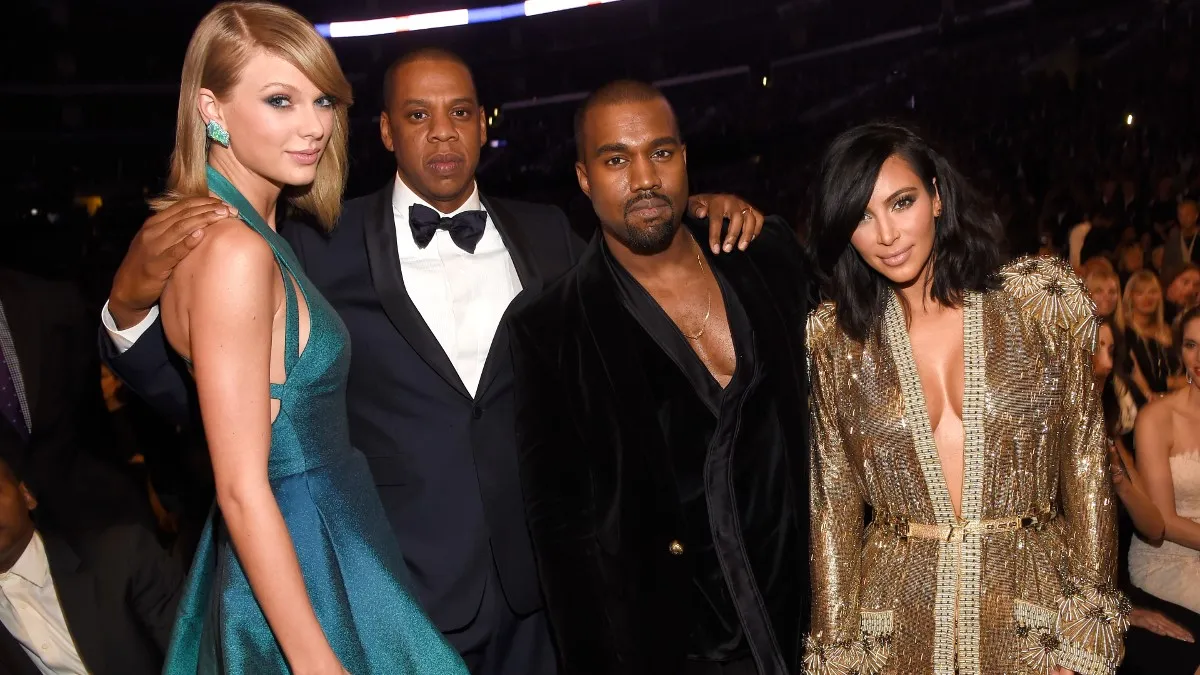Ta-Nehisi Coates calls Donald Trump the U.S.’s “first white President.” I know what you’re thinking: Wait a minute, every single President of the U.S. has been white except Barack Obama. Technically, you’re right, but what Coates is referring to is the fact that no President before Trump has ever as openly or aggressively traded on whiteness the way he has, making the power whiteness wields explicit.
In an incisive essay over at The Atlantic, which is an excerpt from his upcoming book, We Were Eight Years In Power, Coates talks about the fact that while people say that Trump has “no ideology,” or that he’s “only in it for himself,” that’s not true. Coates names Trump’s ideology: white supremacy. This is made clear by the fact that Trump’s sole tactic during his campaign was rampant, unchecked hate-speech, and his sole motivator during his presidency seems to be Undoing What Obama Did.
Coates writes:
“To Trump, whiteness is neither notional nor symbolic but is the very core of his power. In this, Trump is not singular. But whereas his forebears carried whiteness like an ancestral talisman, Trump cracked the glowing amulet open, releasing its eldritch energies. The repercussions are striking: Trump is the first president to have served in no public capacity before ascending to his perch. But more telling, Trump is also the first president to have publicly affirmed that his daughter is a “piece of ass.” The mind seizes trying to imagine a black man extolling the virtues of sexual assault on tape (“When you’re a star, they let you do it”), fending off multiple accusations of such assaults, immersed in multiple lawsuits for allegedly fraudulent business dealings, exhorting his followers to violence, and then strolling into the White House. But that is the point of white supremacy—to ensure that that which all others achieve with maximal effort, white people (particularly white men) achieve with minimal qualification. Barack Obama delivered to black people the hoary message that if they work twice as hard as white people, anything is possible. But Trump’s counter is persuasive: Work half as hard as black people, and even more is possible.”
He talks about the fact that the construct of whiteness (and its supremacy) is dependent on “the idea of not being a ni—r,” an idea is much easier to uphold when a black man isn’t President, which is what makes Obama’s presidency and legacy so offensive to Trump and his ilk, and why it’s so important for Congress.
He then addresses something that is likely more uncomfortable for white liberals to talk about: the falseness of the narrative of the “white working class.” Not that there isn’t a white working class, of course, but that the “working-class” part is what deserves focus rather than the “white” part. White liberals bend over backwards to make Trump’s victory about anything but race, and in doing so echo the countless times white thinkers and politicians have done the same over centuries in this country.
He writes:
“That black people, who have lived for centuries under such derision and condescension, have not yet been driven into the arms of Trump does not trouble these theoreticians. After all, in this analysis, Trump’s racism and the racism of his supporters are incidental to his rise. Indeed, the alleged glee with which liberals call out Trump’s bigotry is assigned even more power than the bigotry itself. Ostensibly assaulted by campus protests, battered by arguments about intersectionality, and oppressed by new bathroom rights, a blameless white working class did the only thing any reasonable polity might: elect an orcish reality-television star who insists on taking his intelligence briefings in picture-book form.”
Coates proceeds to get into the history of the “white working-class” narrative going all the way back to slavery when white people over time, as the country was figuring out labor and getting rid of “indentured servitude” which was very different from black slavery, developed the idea of the horror of “white slavery” and how awful it was for “noble, white workers” to be treated poorly.
The only way that idea works, though, is if you ignore that black people are people, and talk about them as if they deserve slavery. For black people, toil and servitude is a natural state, whereas when white people are struggling and working for less than they’re worth, it’s an indicator that something is wrong.
Which is why, as Coates writes, “An opioid epidemic is greeted with calls for compassion and treatment; a crack epidemic is greeted with scorn and mandatory minimums.” This focus on class as opposed to race doesn’t explain away the fact that the non-white working class didn’t turn out for Trump the way the white working-class did. Nor does it explain away the fact that most white people in this country voted for Trump. That’s why he won. And all the analysis in the world, and all the white journalists in the world trying to be “sympathetic” about the poor, downtrodden white voter, doesn’t change that.
Trump won, because whiteness.
I’d strongly urge you to read the piece in full, and share it. I totally plan on getting Coates’ book, We Were Eight Years In Power, when it comes out. We can’t begin to solve a problem until we’re willing to name it. The problem is white supremacy. The problem is the construct of whiteness.
Is that an uncomfortable thought? Good, it should be. Lean into the discomfort. That’s the only way you’ll come out on the other side stronger for it.
(image: Gerald Ford School of Public Policy/Flickr)
Want more stories like this? Become a subscriber and support the site!
—The Mary Sue has a strict comment policy that forbids, but is not limited to, personal insults toward anyone, hate speech, and trolling.—







